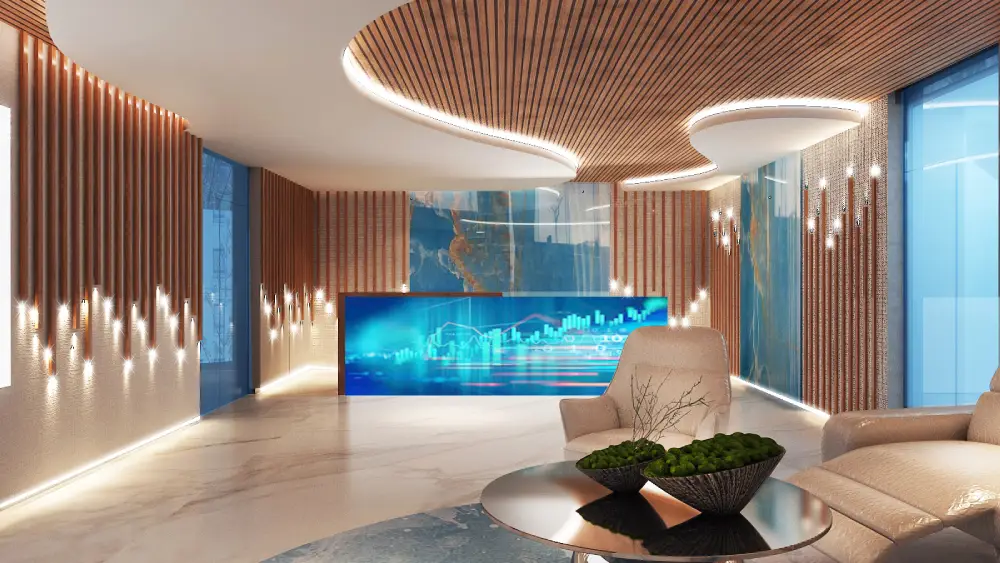Planning And Budgeting For Your Interior Fit Out Project
2 min read
Welcome to the world of interior design! Whether you are planning to renovate your home, office, or commercial space, proper planning and budgeting are crucial for a successful fit out project. In this guide, we will discuss the key steps involved in planning and budgeting for your interior office fit out project.
Assessing project scope and requirements:
Before planning an interior fit out project, it’s essential to assess the scope and requirements to determine the budgetary implications. Define the scope of work, including design aspirations, functional requirements, and desired outcomes, to establish a clear understanding of project needs. Consider factors such as space size, complexity, existing conditions, and client preferences to estimate costs accurately and identify areas for cost-saving measures.
Setting realistic budget expectations:
Setting realistic budget expectations is critical for aligning project goals with financial resources and avoiding surprises during the fit out process. Conduct market research to understand typical costs for similar projects in your location and industry, taking into account labor, materials, permits, and professional fees. Establish a realistic budget range that accounts for contingencies, unexpected expenses, and desired quality standards, ensuring that the project remains financially viable from start to finish.
Prioritizing project components:
When budgeting for an interior fit out project, it’s essential to prioritize project components based on their impact on overall objectives and value proposition. Identify must-have elements that are essential for achieving project goals, such as structural improvements, functional enhancements, and key design features. Allocate resources strategically to prioritize high-impact areas while considering cost-saving measures for less critical components to stay within budget constraints.
Allocating contingency funds:
Allocating contingency funds is a prudent practice to account for unforeseen circumstances, scope changes, or unexpected expenses that may arise during the fit out process. Set aside a percentage of the total budget, typically 10-20%, as a contingency reserve to address unforeseen challenges without disrupting project progress or compromising quality. Maintaining a contingency fund provides financial flexibility and peace of mind, ensuring that the project remains on track and within budget.
Monitoring and managing costs:
Throughout the interior fit out project, it’s essential to monitor and manage costs effectively to prevent budget overruns and optimize resource utilization. Implement robust cost-tracking systems, document all expenditures, and regularly review budget status against project milestones to identify variances and adjust plans accordingly. Proactively address any deviations from the budget, explore cost-saving opportunities, and communicate transparently with stakeholders to maintain financial discipline and accountability.



